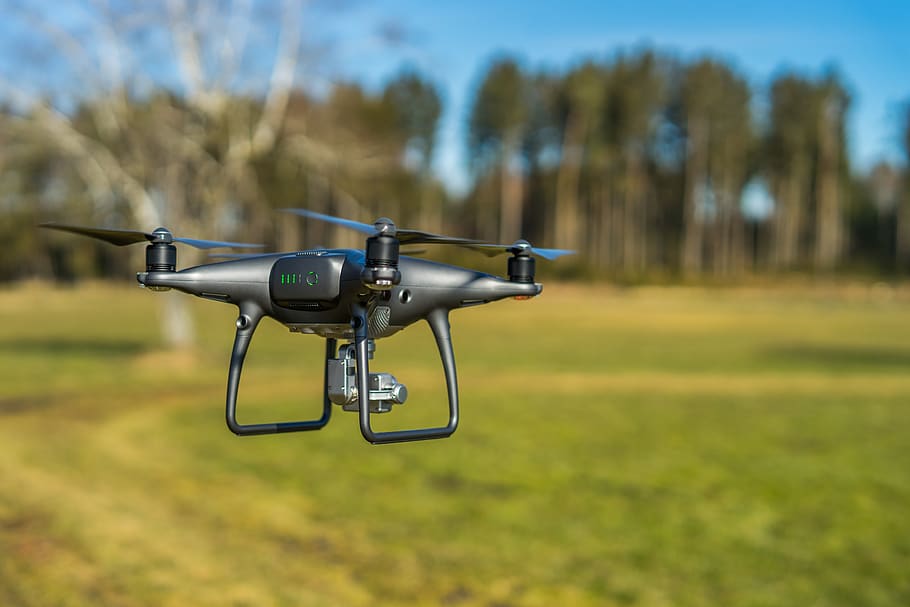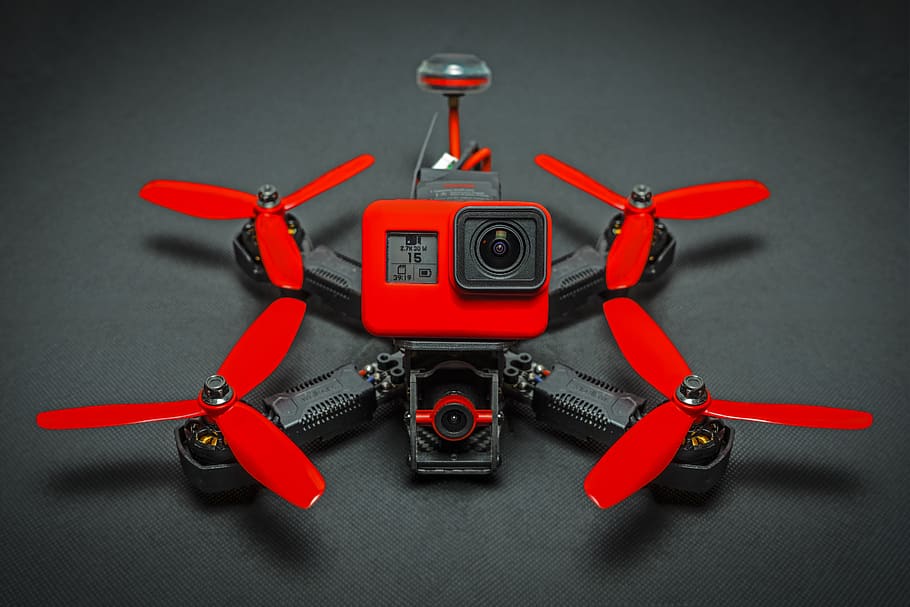DRONE
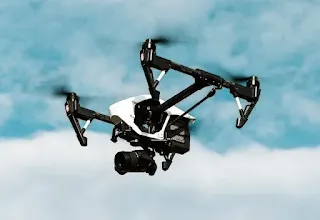 |
| Drone |
In today's rapidly advancing world, as
the technology and science are evolving themselves, an innovative technology
has taken flight, quite literally. A birth of a unique technology used in the
fields of science from agriculture to their use in military – The Drones
also known as the UAVs (Unmanned Aerial Vehicles) .The meaning of unmanned
meaning in Hindi is - मानव रहित .They have gained popularity rapidly
in the recent years. So, in this blog, we are going to dive deep into history
of drones (UAVs), its applications in the vast areas of daily use, its working
and many more things. At the end of blog, one will get every bit of knowledge
one needs to know about a drone.
HISTORY OF DRONES
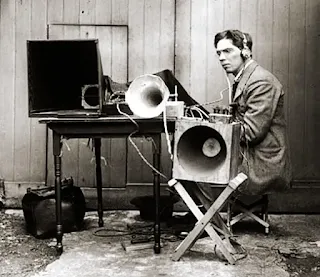 |
| Archibald Low |
The history
of drone’s dates back to the early 20th century, with the invention of the
first remotely controlled aircraft. However, it wasn't until recent decades
that drones became widely known and used for various purposes. Let's explore
the fascinating history, inventors, and inventions that have shaped the world
of drones. There were many individual inventors of Drones in that time. The concept of
unmanned aerial vehicles (UAVs) can be traced back to 1916 when Archibald Low,
a British inventor, proposed the idea of a remotely piloted aerial vehicle. His
designs were primarily intended for military purposes, meaningly as a means to
counter German Zeppelin airships during World War I. Although his ideas were
way ahead of his time, technological limitations prevented the realization of
his vision. Jataya unmanned systems is one the best UAVs.
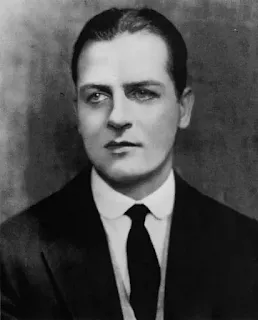 |
| Reginald Denny |
Fast forward to the 1930s, and
another significant figure emerges in the history of drones: Reginald Denny.
Denny, an English actor turned model airplane enthusiast, developed
radio-controlled model aircraft that laid the foundation for modern drone
technology. His innovations caught the attention of the United States military,
leading to the production of target drones used for anti-aircraft gunnery
training during World War II. However, it wasn't until 1980s that drones began
to gain importance with advancements in microprocessors and sensor
technologies. Israeli engineer Abraham Karem is often credited as the father of
modern drones. In 1986, he developed the Albatross, an unmanned aircraft
capable of long-endurance flights. Karem's work attracted the attention of the
U.S. military, leading to the development of the General Atomics MQ-1 Predator,
which became one of the most iconic military drones in history.
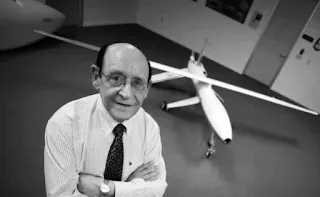 |
| Abraham Karem |
The turn of the 21st century made
a massive shift in the use of drones from military applications to civilian and
commercial purposes. This transformation was largely driven by advancements in
miniaturization, GPS navigation systems, and improved battery technology. Now,
drones are used in a wide range of fields, including aerial photography,
agriculture, search and rescue operations, package delivery, and even
entertainment. One of the most influential inventions in the drone industry is
the DJI Phantom, introduced in 2013. This consumer-grade drone revolutionized
aerial photography and videography by providing an affordable and user-friendly
platform for capturing stunning aerial footage. DJI's continued innovation has
solidified its position as a leader in the drone market.
WORKING OF A DRONE
The working of a drone is similar to that
of the working of a helicopter. Only difference in both is that in helicopter,
pilot sits inside the helicopter itself while in drone is a remote controlled
vehicle which can be controlled via controller by a user. A drone may have two
propellers or 4 propellers based on its design. The one with two propellers is
called Bicopter while the one with four propellers is called Quadcopter
and yes, there are many other types of drones ,too.
As shown in the figure all of the
propellers of the drone are equidistant from each other. While hovering, to
maintain the balance of the drone, one pair of the propellers rotate in the
clockwise direction while the other rotates in an anticlockwise direction. To
move up, propellers are needed to run at
high speed.
As the propellers rotates, it pushes
the air above the drone downwards creating a drag beneath the drone and pushing
the drone upwards and this is how the drone flies in the air. One can make the
drone move in all the directions by simply change the speed of the rotors. Now one may also ask the question that how much weight a drone can lift? The answer to this question relies on the structure, size and power of the drone. It typically can lift from few hundred grams to a few kilograms, while industrial drones can lift even more.
PARTS OF A DRONE
A drone can be breakdown to the
following parts :
- Frame: Frame is one of the important parts of the
drone. It is the one who protects all the internal components of the drone and provides
supports the overall structure of the drone.
It is made of lightweight materials like plastic and carbon fibre.
- Motors and
propellors: The parts who make drone an aerial
vehicle are electric motors and propellers. They generate the necessary thrust
required for the drone to fly. The number of motors and propellers of the drone
vary from design to design and the need of the user and also the budget of the
buyer.
- Flight
controllers: The brain of
the drone is the flight controller. It receives the input from various sensors
such as accelerators, gyroscopes, and compasses, to maintain the stability and
control of the drone. It also processes commands from the user.
- Remote Control: Drones can be controlled and stimulated by
the user via a remote control system. The user may use various buttons and
joysticks to control the motion of the
drone as he or she desires. Drones can also be equipped with specialized
autopilot systems that will allow them to fly autonomously based on the
pre-programmed flight paths or GPS coordinates.
- Communication
System: Drones rely on the communication
systems to receive the commands from the user. Depending on the range and the
capabilities of the Drone, communication can be done by help of Radio frequency
(RF) signals or wireless networks.
- Battery: Batteries provide the necessary power
required by the drones in order to take a flight. They are typically made up of
lithium-ion or lithium-polymer and are rechargeable.
TYPES OF DRONES
There
are many types of drone available in the market depending of the user’s budget,
its features and availability. Here, so of them are explained as follows :
- Multirotor Drones:
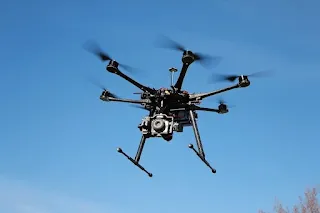 |
| Multirotor Drone |
These are the most common type of drones and are
characterized by their multiple rotors, typically four or more. They are
versatile and can hover in place, fly in any direction, and perform aerial manoeuvres. - Fixed-Wing Drones:
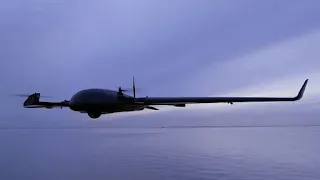 |
| Fixed-Wing Drone |
These drones have a fixed-wing design similar to
airplanes. They are typically used for longer flights and are more efficient in
terms of battery life and range. Fixed-wing drones are commonly used for
mapping, surveying, and agricultural applications. - Single-Rotor Helicopter Drones:
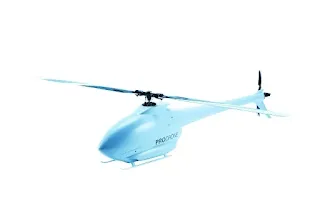 |
| Single-Rotor Helicopter Drone |
These drones have a single rotor like helicopters.
They offer better stability and payload capacity compared to multirotor drones
but are more complex to operate. - Hybrid Drones:
These drones combine features of both fixed-wing and
multirotor drones, offering the ability to take off and land vertically like a
multirotor but also fly like a fixed-wing drone for longer distances. |
| Hybrid Drone |
- Nano Drones:
 |
| Nano Drone |
These are small-sized drones that are often used for indoor or
close-range operations. They are lightweight, portable, and can easily navigate
through tight spaces. - Autonomous Drones:
 |
Autonomous Drone
credits to - wikipedia |
These drones are equipped with advanced sensors and
artificial intelligence capabilities, allowing them to operate autonomously
without human intervention. They can perform tasks such as mapping,
surveillance, and delivery.
ADVANTAGES
& LIMITATIONS OF A DRONE
Advantages of Drones:
- Efficiency: Drones can perform tasks more quickly and efficiently than humans,
especially in areas that are difficult to access or dangerous for humans.
- Cost-Effective: Drones can often perform tasks at a lower cost compared
to traditional methods. They require fewer resources and personnel, reducing
operational expenses.
- Aerial Perspective: Drones provide a unique aerial perspective, allowing
for better surveillance, mapping, and data collection. This perspective can be
valuable in various industries, including agriculture, construction, and
cinematography.
- Safety: Drones can be used in hazardous situations, such as search and rescue
operations or inspecting infrastructure. They eliminate the need for humans to
enter dangerous environments, reducing the risk of injury or loss of life.
- Flexibility: Drones can be easily deployed and controlled in different
environments, making them suitable for various applications. They can adapt to
different terrains, weather conditions, and operational requirements.
Limitations of Drones:
- Flight Time: Most drones have limited flight times due to battery constraints. This
can restrict their operational range and require frequent recharging or battery
swaps.
- Regulatory Restrictions: Drones are subject to regulations and restrictions
imposed by aviation authorities. These regulations vary across countries and
can limit the use of drones in certain areas or for specific purposes.
- Payload Capacity: Drones have limited payload capacity, which can
restrict their ability to carry heavy equipment or perform certain tasks that
require larger payloads.
- Weather Dependency: Adverse weather conditions, such as strong winds or
heavy rain, can affect the performance and safety of drones. They may not be
able to operate or maintain stability in such conditions
- Limited Autonomy: While autonomous drones exist, many drones still
require human operators for control and navigation. This dependence on human
intervention can limit their autonomy and efficiency in certain tasks.
- Privacy Concerns: The use of drones raises privacy concerns, as they
can capture images or videos without consent. Striking a balance between the
benefits of drone technology and privacy rights is an ongoing challenge.
USE CASES OF
THE DRONES
There are many known use cases of the
drones and they are as follows :
- Aerial Photography & Videography
- Agriculture
- Construction and Infrastructure
Inspection
- Search and Rescue
- Delivery Services
- Disaster management
- Surveying and Mapping
REFERENCES :-
- Ferrovial
- CFDflowengineering
THANK YOU !!! FOR THE READING TILL LAST AND I HOPE YOU ALL LIKED IT & DON'T FORGET TO FOLLOW ME !!!











